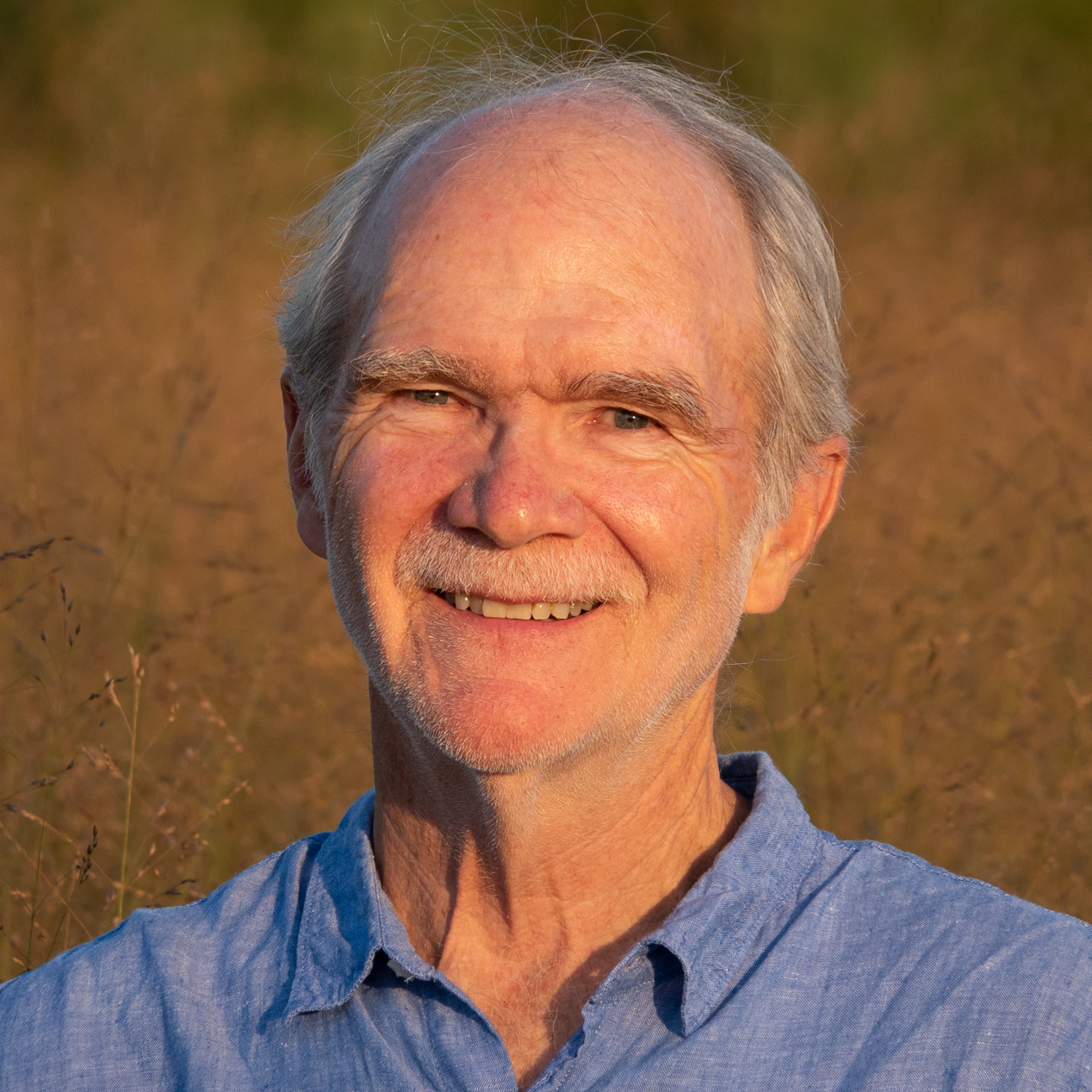A newly released climate report spearheaded by the Lawrence Livermore National Laboratory in Livermore, California and sponsored by the U.S. Department of Energy spotlights research conducted by several distinguished Michigan State University scientists.
The report, “Roads to Removal: Options for Carbon Dioxide Removal in the United States,” provides an in-depth analysis of ways the U.S. economy can become net-zero in greenhouse gas emissions by 2050, a goal established by the U.S. government in 2022. In parallel with priorities to decarbonize the U.S. energy, industrial and agricultural sectors, the report examines strategies on how to remove carbon dioxide from the atmosphere.

The report, in part, documents research led by MSU scientists Bruno Basso and Phil Robertson into how carbon dioxide can be captured from the atmosphere using bioenergy and cropland-soil management solutions.
This first-of-its-kind report evaluates different approaches for removing carbon dioxide from the atmosphere at a national level in terms of both cost and capacity.
“Worth noting is the novelty of this analysis,” said Robertson, a University Distinguished Professor in the Department of Plant, Soil and Microbial Sciences. “This is the first large scale analysis of carbon dioxide removal for the entire country that brings together all technologies in one place and places them in an economic context.”
Basso is a John A. Hannah Distinguished Professor in the departments of Earth and Environmental Sciences and Plant, Soil and Microbial Sciences. Both Basso and Robertson are faculty members at MSU’s W.K. Kellogg Biological Station and are affiliated with DOE’s Great Lakes Bioenergy Research Center.
Their research shows at a county level the potential for economically viable carbon to be removed from the atmosphere and used for bioenergy or sequestered in soil.
“We looked at the benefits of growing perennials — plants like switchgrass — that might be grown in unprofitable and nonproductive parts of crop fields,” Basso said. “The question became: How much carbon can we pull and store into the soil if we grow perennial crops for bioenergy?”

The goal of this study was to not compete with land used for agriculture or pasture grazing. Rather, Basso and Robertson evaluated how marginal land with low agricultural value could be implemented.
Another scenario where these perennial crops could be grown is on land enrolled in the Conservation Reserve Program, a federal program administered by the U.S. Department of Agriculture Farm Service Agency. Farmers can receive a yearly rental fee for planting environmentally advantageous species on their land that is sensitive to agricultural production.
Based on their models combined with those from economists in the project, Basso and Robertson concluded that cropland could sequester 130 million metric tons of carbon dioxide from 2025 to 2050 if carbon is paid at $40 per metric ton. If carbon is paid at $100 per metric ton, then 936 million metric tons could be sequestered.
To reach net-zero emissions by 2050, the Biden Administration has said that the U.S. needs to remove and store carbon from the atmosphere at a gigaton scale — at least one billion metric tons per year. The report concluded that doing so will annually cost roughly $130 billion in 2050, or about 0.5% of the current gross domestic product, or GDP.
It also concluded that using cropland-soil management solutions — in addition to those involving forest management, biomass carbon removal and storage and direct air capture — could allow for even more carbon to be stored beyond the one billion metric ton per year benchmark.
In addition to these benefits, farmers can also improve soil fertility and restore biodiversity to ecosystems by planting perennial crops.
“Two huge benefits come from this one solution,” Robertson said. “There’s both a climate benefit and a benefit to soil fertility, possibly even to biodiversity.”
According to the report, cropland-soil and forest management solutions are steps that can be taken immediately to remove carbon dioxide from the atmosphere due to their rapid scale-up potential and low implementation costs.
Basso and Robertson joined a team of 68 researchers from 13 academic institutions across the U.S. for this report. Other researchers from MSU collaborating on the study were Ames Fowler, a research associate in the Department of Earth and Environmental Sciences, and Lydia Price, an informational and statistical analyst in the Department of Earth and Environmental Sciences.
The research conducted by Basso and Robertson was also supported by the Great Lakes Bioenergy Research Center.
To view the full report, visit roads2removal.org.
This story originally appeared on the College of Agriculture and Natural Sciences website.